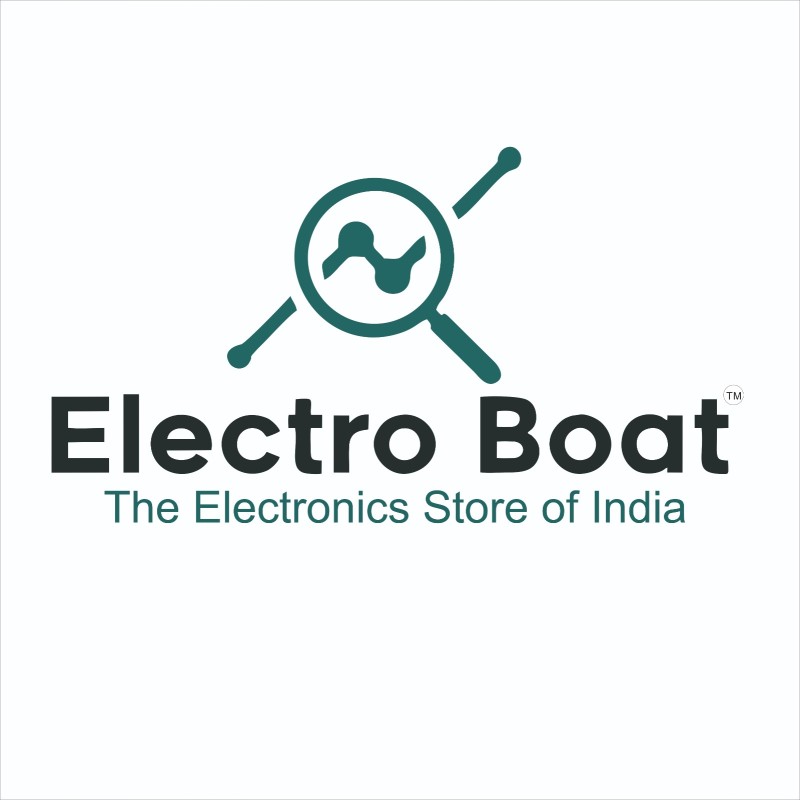ESP32 IoT Development Trainer Kit
The ESP32 IoT Development Trainer Kit is a specialized hardware kit designed for developing and experimenting with Internet of Things (IoT) applications using the ESP32 microcontroller. The ESP32 is a highly popular and versatile microcontroller developed by Espressif Systems, known for its dual-core processor, integrated Wi-Fi, and Bluetooth capabilities, making it ideal for IoT, home automation, and embedded systems projects. The ESP32 IoT Development Trainer Kit is an all-in-one modular training and prototyping platform based on the powerful ESP32 Wi-Fi + Bluetooth microcontroller. Ideal for students, hobbyists, and developers to learn, experiment, and build IoT-based projects with ease.
₹ 9,299
₹10,299
10,299
| : | |
| Made In : | India |



















